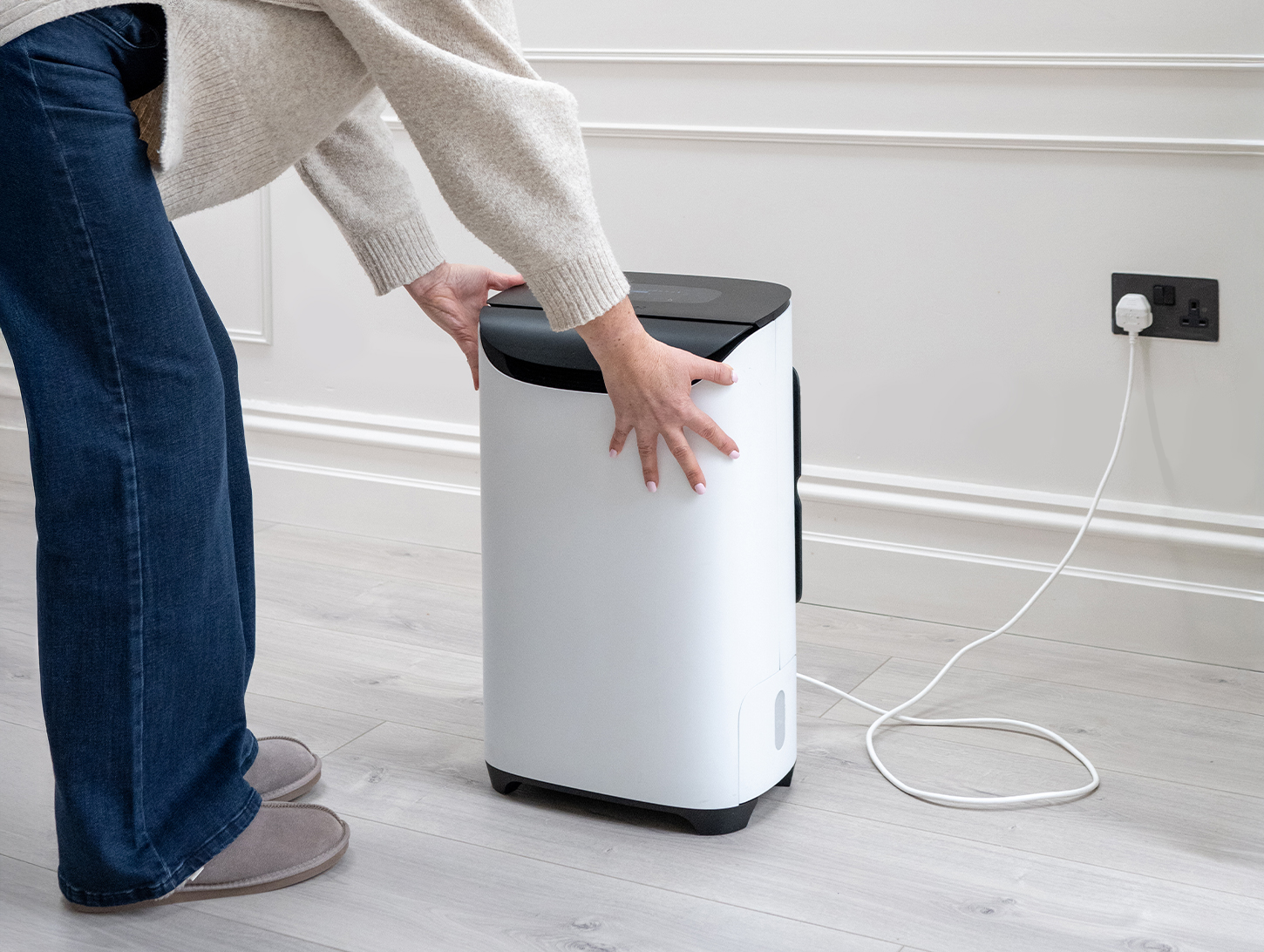The Government announced that from January 20th there will be less restrictions on the way we live and work. One significant change will be the ending of mandatory face masks, including in classrooms for secondary students.
The pandemic created a huge challenge within schools, in how to keep children healthy and safe, to maintain a consistent level of education. It is well reported that regular cleaning and opening windows and doors to let in fresh air can reduce the spread of viruses but in the winter this is a less practical solution. With the relaxing of measures and the removal of the need to wear face masks, greater attention should now be turned to improving air quality in the classroom.

There has already been a growing awareness of the benefits of cleaning air through the use of various air filters and air purifiers. Even parents are getting involved. The Guardian* recently reported that parents were offering to provide air filters for their children’s classrooms, but these offers are having to be turned down by schools. Demands are growing for the DfE to fund units for all schools, even though currently schools are having to show they have consistently poor CO2 levels before they can qualify for a government air purifier.

Some schools are investing in air purifiers as a means of keeping the air clean and so limiting the disruption to education. According to Chris Michael, MD of leading air purification specialist Meaco, “ We have experienced a big interest in air purification units in recent months as schools look at ways to keep children in school. With the removal of face masks there is likely to be a further spike as schools look to prevent any increase in the spread of viruses. But it is important to understand how to choose the correct product for the job. There has been a lot of talk about the health benefits of using a HEPA air purifier to reduce air pollution and allergens from the air, which can be detrimental to health, but a HEPA filter will help reduce the spread of germs and viruses as well.”
By choosing an air purifier with a True HEPA filter, which will have been made to strict international regulations, it will trap most bacteria, pathogens, microbial spores, pollens, and some virus particles. Capturing harmful particles and circulating clean air throughout a room, will help in keeping students healthy so their immune system is a tiny bit stronger to fight off any viruses.

“Research has shown that air purifier selection often goes wrong as often an air purifier is too small for the room and it cannot clean the air efficiently,” continues Chris Michael. “The only way to reliably remove pollutants from the air is by circulating the entire volume of air in a room several times an hour, ensuring particles will enter the airflow of a filter, and the air will become cleaner. To select the correct one, you need to know the cubic air volume of the room you want to clean. This would be calculated from the height, width and depth of the room in metres. Let the air purifier run 24 hours a day, 7 days a week. Put it on high fan speed when you are not in the room and turn it down to one of the quieter fan speeds when you are in the room.”
Meaco has developed a next generation air purification range that includes the MeacoClean CA HEPA 76×5 offering a bespoke air purification experience. This is more advanced than many standard air purifiers, using True H11 HEPA filters, with the option to purchase H13 filters, to provide a high standard of air cleaning. The MeacoClean CA-HEPA 76×5 is suitable for classrooms up to 76m³ performing five air changes per hour and its H11 HEPA filter removes more than 95% of the damaging particles from the air.
The MeacoClean CA-HEPA 76×5 is the first Meaco product to be Wi-Fi enabled, allowing control from a phone via a dedicated app. A child lock helps to prevent settings being accidentally changed, and its DC motor keeps noise levels low, important in a classroom.

Products featured in this article: MeacoClean CA HEPA 76×5, HEPA H13 filter.






